7 Reasons to Swim Long Course
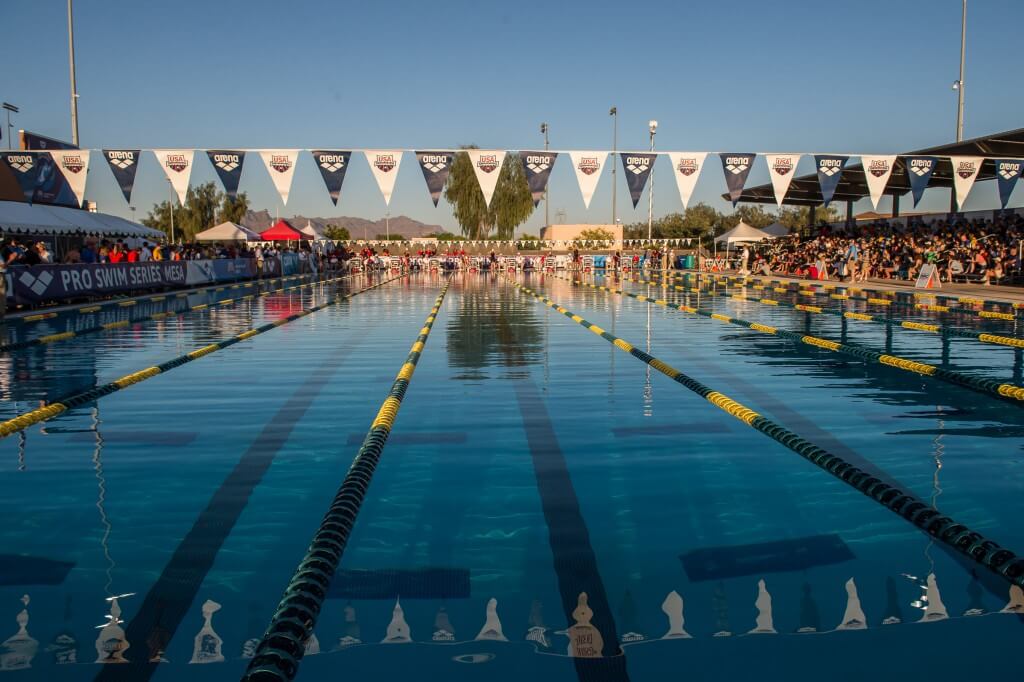
By Emma Foster, Swimming World College Intern
Long Course. These two words have huge implications for even the most seasoned swimmer. The beginning of long course represents the transition from shorter pools broken up into 25 yards, to the much longer and sometimes more daunting 50-meter length.
The first swims in this pool are sometimes akin to swimming in an ocean. Swimmers thrash through the water, wondering when they will ever reach the wall. For the lucky few who are privy to indoor 50-meter pools, the transition to the long course season can be easier. But for many, six to eight weeks is the longest duration they have to consistently train in a 50-meter pool.
While the transition can often be painful in the first few weeks, as swimmers’ bodies adjust to the longer pool and lack of walls, the long course season can offer huge opportunities for any swimmer.
If your motivation is wavering, check out this list to find some inspiration to hit the 50-meter pool.
1. Making it Short and Sweet
After the long, often dark, short course season that takes up the winter months, the long course season offers a shorter, faster training period. The long course season is typically much shorter than short course, often times due to many 50-meter pools being seasonal rather than year-round indoor facilities.
This shorter season can create a more fun, fast atmosphere than is sometimes seen in the long winter months. Hopefully, this change of pace will leave swimmers feeling excited and refreshed as they finish up the summer months and transition back to the short course season.
2. Soaking up the Sun
Along with being a shorter season, long course is set in the spring and summer months, which typically means more sun. No more short winter days when you rise before the sun for the first practice of the day, and watch it set on your way to the second session.
Summer days are long and create the feeling of extra hours that just aren’t available in the winter. If you’re lucky, you might be swimming outside in an area that doesn’t allow that freedom in the winter.
Along with an increase in vitamin D, schedules are often more relaxed during summer months. This leaves time to do other things between practice sessions, or at least time to squeeze in a nap before heading back to the pool.
3. Shaking it Up
Change is good. Every swimmer has reached a point in their careers where they get a little stuck, and switching up the training routine is a great way to get out of a rut. Long course training is inherently different. It offers swimmers a chance to approach practices and races with a different mindset, which can help erase feelings of burnout and foster recommitment to the training process.
4. Creating Endurance
There is no denying that the long course season calls for a different set of training than the short course season. While short course often centers itself around turns, long course is known more for the consistent building of speed through each lap. Swimmers must learn to hold their stroke for more than twice the length of a 25-yard pool before hitting a wall.
This type of training and racing builds a different type of endurance that is beneficial even if you aren’t planning on any major long course meets. If you spend a good amount of time training meters, the transition back to a 25-yard pool will leave you feeling like the pool is suddenly significantly shorter than you remembered.
5. Building Toughness
While every swimmer develops their mental and physical toughness no matter the length of the pool they are training in, there is something special about racing certain events in a long course pool. The 400 IM and 200 fly take on totally different meanings when the amount of walls per race is cut in half. Getting through a 400 IM in the early period of the long course season can spur a confidence boost that transcends seasons.
6. Working Details
Long course means fewer walls, which can actually be a good thing. If you’re a swimmer who struggles with their walls, having less to work with can actually help you get better. When you only have so many chances to hit your turn, the importance of walls takes on a totally different meaning. Committing to your turns and other details in long course will help your season, and hopefully translate into your short course training as well.
7. The Olympic Dream
Whether you are a swimmer with a legitimate shot at an Olympic Trials cut, a spot on the Olympic team, or you are someone who is simply excited to watch the meet on television, the long course season offers a unique chance to come together.
Swimming and training in 50 meters gives everyone a little taste of the Olympic spirit. The Olympics offer a rare chance for swimming to take the spotlight, whether it is in the form of an Olympian singing their national anthem with the whole world watching, or a tiny age grouper pointing to the television and saying “I can swim that too!”




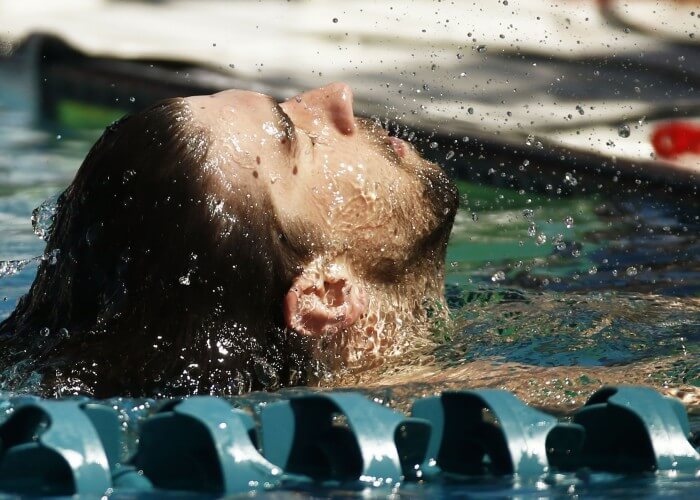
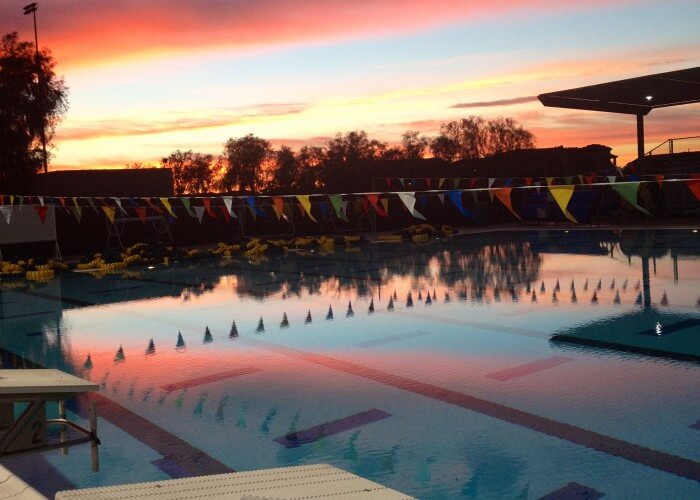
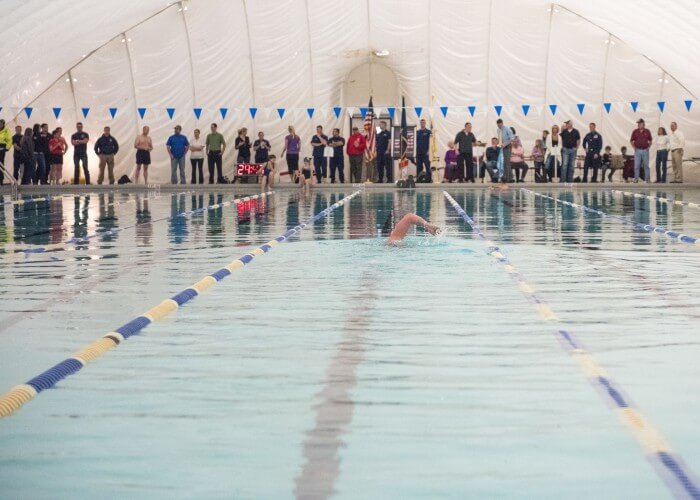
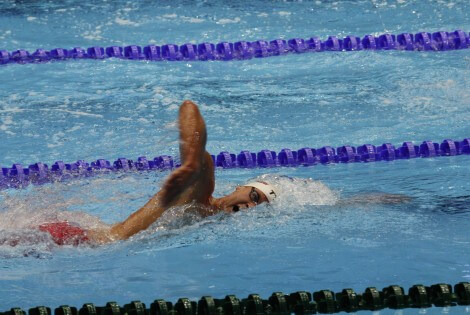
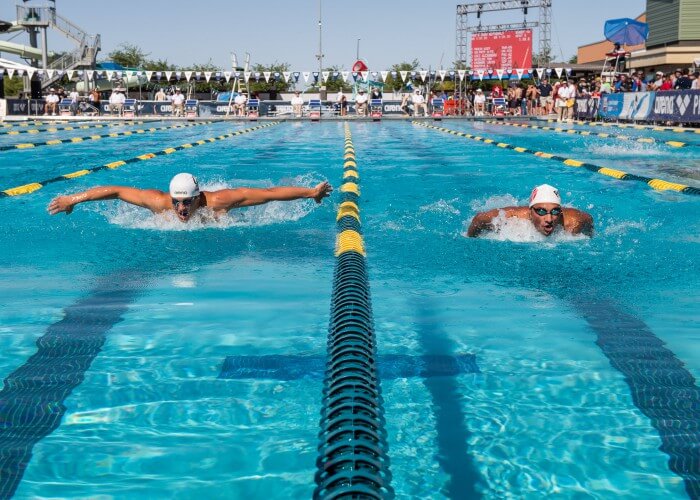
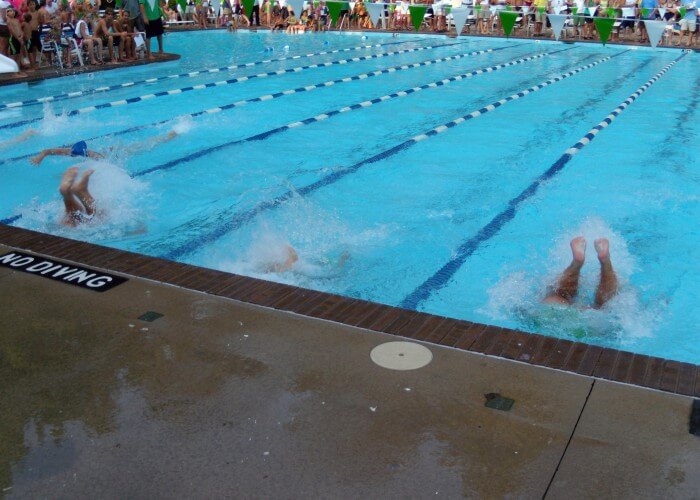
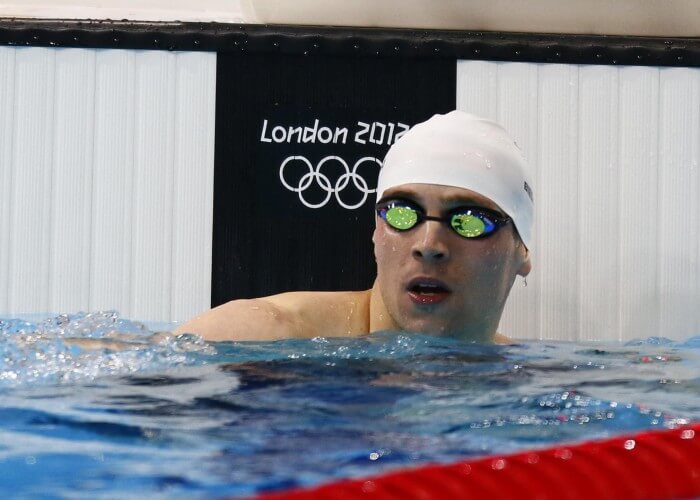
8) Bc scy is the kiddie pool, time to grow up.
One reason not to: Your city, county, state, school district or private clubs only have little pools. And, there apparently haven’t been any swim parents in positions of power/authority….
I can probably give 7 reasons why not to swim LCM. I really think it depends on the size and shape of the person. Most big bulky guys I know will tell you they have no business in a long pool!
In Roanoke we love our short Long Course season-especially us distance swimmers. Start in the 5:30 a.m darkness and swim watching the sunrise–nothing better!
I’ve always loved swimming Long Course-less turns.
To let your coaches become swimming coaches again, instead if turning coaches.
Beautiful gala
McClaren Rodriguez
Koen
Love!